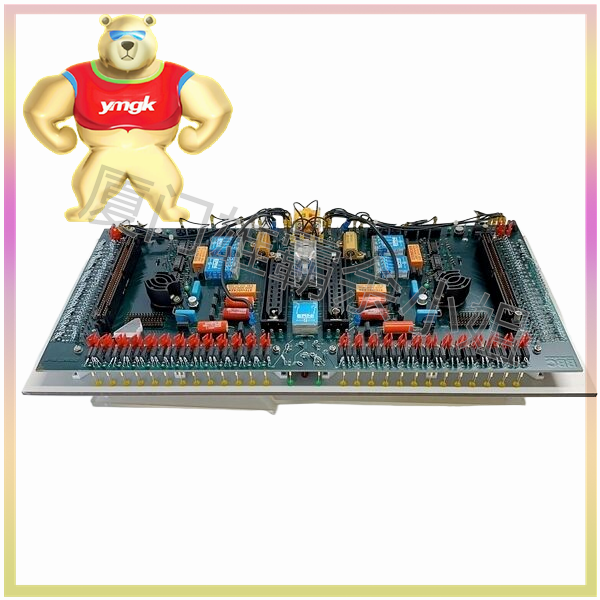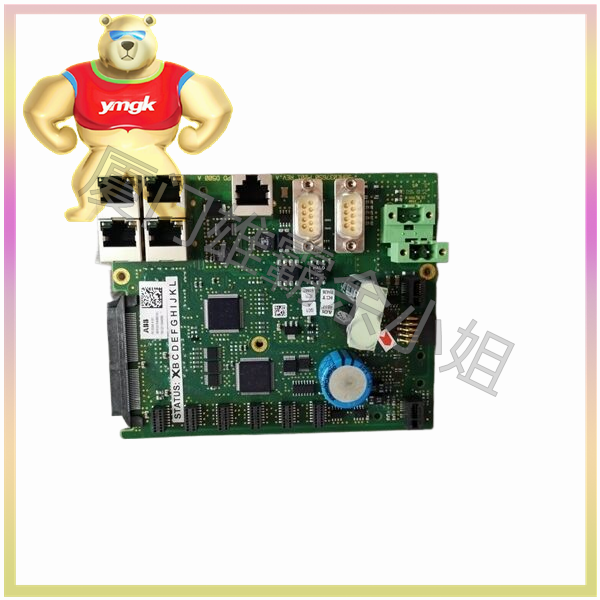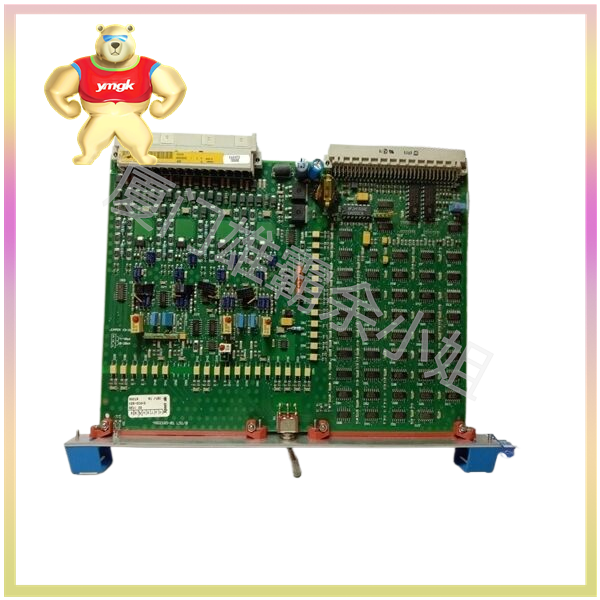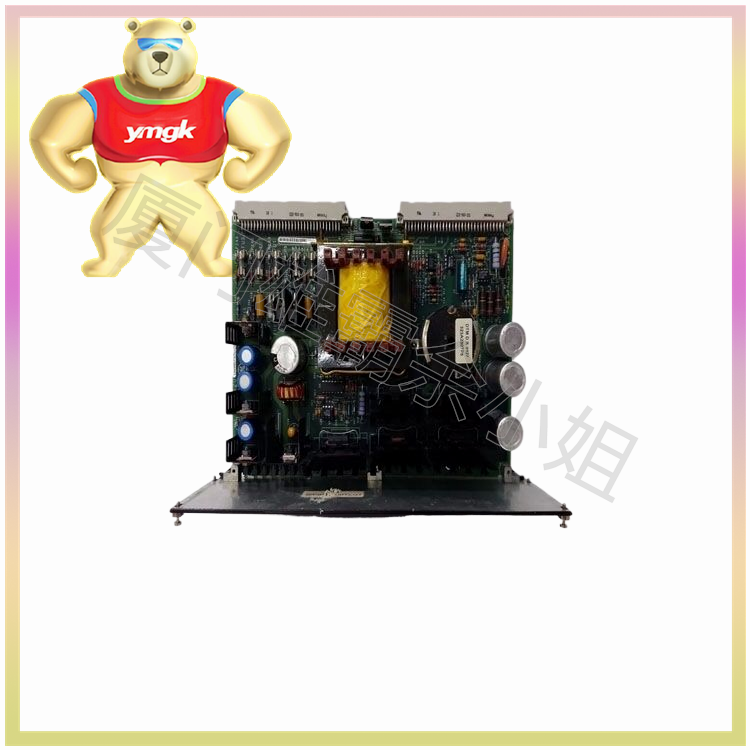A motor controller is a device used to control the operation of a motor, which precisely controls the operating status of the motor by receiving external commands or sensor signals. The principle of motor controller mainly includes the following aspects:
Signal processing: The motor controller receives signals from external sources, such as gear, throttle, brake commands, or signals from sensors, such as speed, position, etc. After being processed by the controller, these signals are converted into instructions for controlling the operation of the motor.
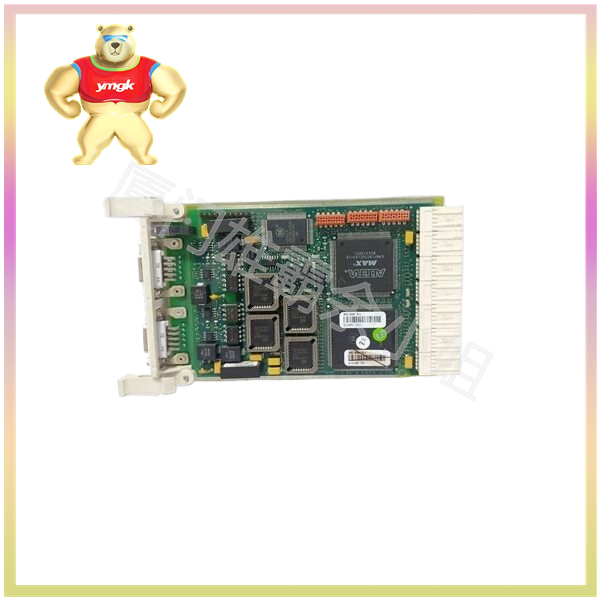
Control algorithm: The motor controller integrates multiple control algorithms internally, such as PID control, fuzzy control, etc. These algorithms calculate the optimal control parameters, such as voltage, current, frequency, etc., based on the input signal and the actual operating state of the motor.
Power output: The motor controller converts the calculated control parameters into specific power output, and transmits electrical energy to the motor through the driving circuit to control the motor’s starting, stopping, accelerating, decelerating, forward, reverse and other operating states.
Feedback regulation: The motor controller monitors the operating status of the motor in real-time through sensors, such as speed, position, temperature, etc. When there is a deviation between the actual operating state of the motor and the expected state, the controller will adjust the control parameters in real time based on the feedback signal to ensure the stable operation of the motor.


